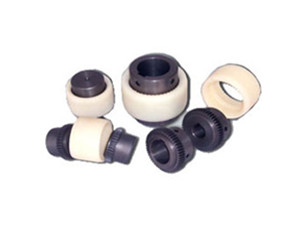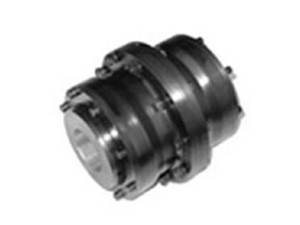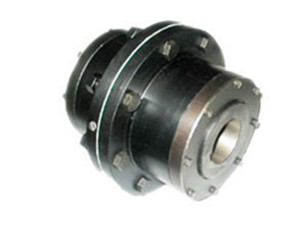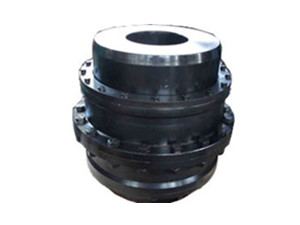The use characteristics of Ever-PowerLMZ-I plum coupling
The LMZ-I plum blossom coupling is mainly composed of two protruding teeth that are closely meshed and subjected to radial compression to transmit torque. When the two axes are relatively offset, the elastic element undergoes corresponding elastic deformation and plays a role of automatic compensation; LMZ -I plum-shaped elastic coupling is mainly suitable for frequent starting, forward and reverse rotation, medium and high speed, medium torque and high reliability work occasions, such as: lifting, transportation, light industry, textile, water pump, fan, metallurgy , Mining, petroleum, chemical industry, etc.
Compared with other couplings, LMZ-I plum coupling has the following characteristics:
(1) It has large axial, radial and angular compensation capabilities.
(2) Stable and reliable work, with good vibration damping, buffering and electrical insulation properties.
(3) High-strength polyurethane elastic elements are wear-resistant and oil-resistant, have large carrying capacity, long service life, and reliability.
(4) The coupling does not need lubrication, the maintenance workload is small, and it can run continuously for a long time.
(5) Simple structure, small radial size, light weight, small moment of inertia, suitable for medium and high speed occasions
LMZ-I plum blossom coupling elastomers are generally composed of engineering plastics or rubber.The life of the coupling is also an elastic life.Since elasticity is under pressure, it is obviously under tension.The life of the general elastic body is 10 years. Because the elasticity has the function of buffering and damping, it is used more in the occasion of strong vibration.The performance limit temperature of the elastomer determines the operating temperature of the coupling, which is generally -35 to +80 degrees.
relevant information
- Function of coupling
- Treatment method and lubrication of gear coupling failure
- The reason why plum coupling is often damaged
- The difference between star coupling and plum coupling
- The structure and advantages of JQ type clamp coupling
- How to install and connect the coupling
- Installation technology of drum gear coupling
- The keyway type and code of the shaft hole of the diaphragm coupling
Ranking of similar articles
- Function of coupling
- Treatment method and lubrication of gear coupling failure
- The reason why plum coupling is often damaged
- The difference between star coupling and plum coupling
- The structure and advantages of JQ type clamp coupling
- How to install and connect the coupling
- Installation technology of drum gear coupling
- The keyway type and code of the shaft hole of the diaphragm coupling
- Specifications and parameters of plum coupling
- Advantages of elastic pin coupling





